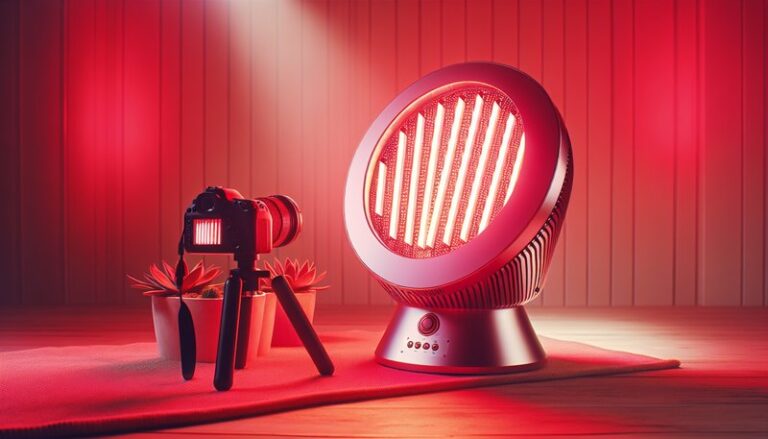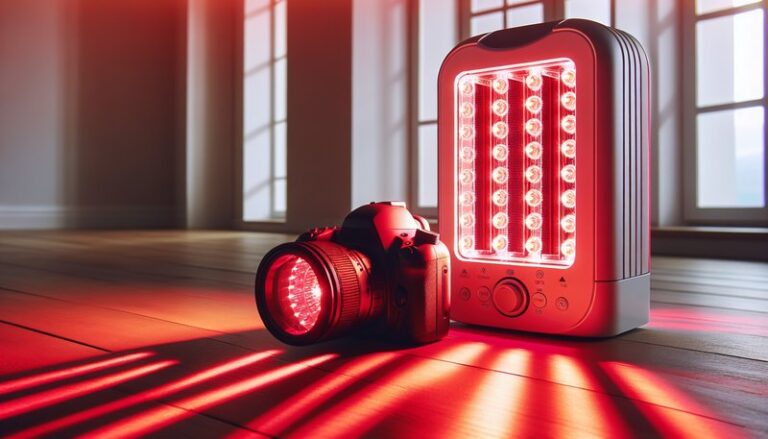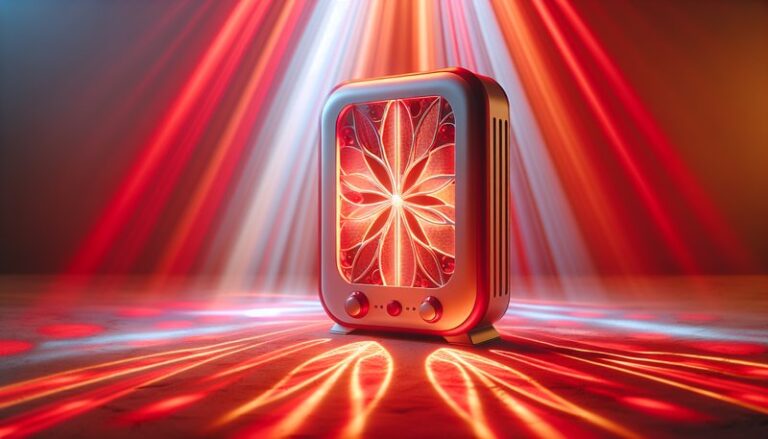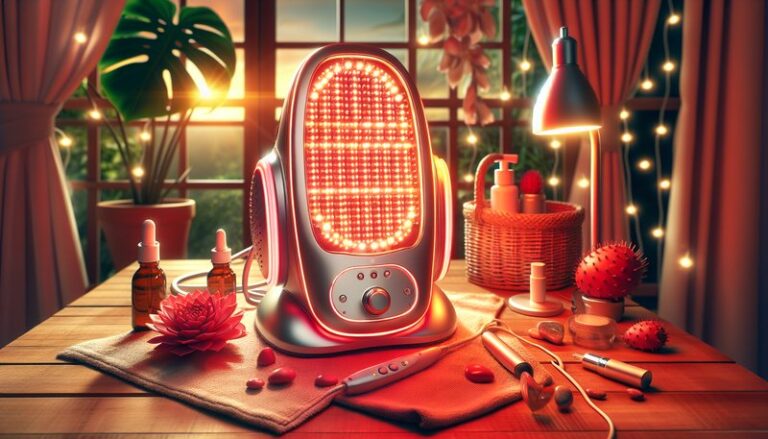Does Red Light Therapy Work For Wrinkles?
Does Red Light Therapy Work For Wrinkles?
Have you ever wondered if there’s a non-invasive way to reduce wrinkles and rejuvenate your skin?
In recent years, red light therapy has emerged as a promising treatment for various skin concerns, particularly wrinkles. This article will explore how red light therapy works, its benefits for wrinkles, considerations before using it, potential alternatives, and some frequently asked questions on the topic.
Key Takeaways
- Red light therapy can promote collagen production, which may help reduce the appearance of wrinkles.
- This non-invasive treatment is generally safe with minimal side effects.
- Alternatives to red light therapy include topical treatments, chemical peels, and laser treatments.
What is Red Light Therapy?
Red light therapy (RLT) involves using specific wavelengths of light to penetrate the skin, stimulating cellular processes. The most commonly utilized wavelengths in RLT are in the range of 600 to 650 nanometers for red light and 800 to 850 nanometers for near-infrared light. These light wavelengths are believed to enhance mitochondrial function, increase energy production in cells, and improve tissue repair.
RLT has gained popularity due to its applications in skincare, wound healing, pain management, and even hair growth. By harnessing the natural healing properties of light, it provides a non-invasive option for those seeking to improve their skin’s appearance.
What are the Benefits of Red Light Therapy?
The potential advantages of red light therapy are gaining attention, especially regarding skin health and wrinkle reduction.
Collagen Production Enhancement
One of the most significant benefits of RLT is its ability to stimulate collagen synthesis. Collagen is a vital protein that provides firmness and elasticity to the skin, which naturally decreases with age.
Reduced Inflammation
Red light therapy may help reduce inflammation, leading to a more balanced complexion. By soothing the skin, RLT can minimize redness and improve overall texture, further diminishing the appearance of wrinkles.
Improved Blood Circulation
RLT promotes better blood circulation, delivering more oxygen and nutrients to skin cells. Enhanced circulation can contribute to a healthier complexion, supporting natural rejuvenation processes that reduce wrinkles over time.
Skin Cell Regeneration
In addition to promoting collagen, RLT supports the regeneration of skin cells. By encouraging cellular turnover, it helps to replace damaged skin with fresh, healthy skin, reducing fine lines and wrinkles.
Is it Possible to Improve Wrinkles with Red Light Therapy?
Yes, it is possible to improve the appearance of wrinkles through red light therapy. Clinical studies have shown that individuals experience improvements in skin tone, texture, and elasticity after regular treatment sessions.
What are the Advantages of Red Light Therapy?
The advantages of RLT extend beyond wrinkle reduction.
Non-Invasive Procedure
RLT is non-invasive, meaning it doesn’t require needles or surgery, making it a low-risk alternative for skincare.
Minimal Side Effects
Most users experience few side effects, such as temporary redness or sensitivity. These effects are typically mild and resolve quickly.
Convenience of Use
Many devices for RLT, such as panels or masks, are available for home use, allowing individuals to receive treatment at their convenience.
What are the Things to Consider Before Trying Red Light Therapy?
Before starting red light therapy for wrinkles, it’s essential to consider several factors.
Skin Type and Sensitivity
Different skin types may respond differently to RLT. Individuals with sensitive skin should consult a dermatologist before starting treatment to ensure it’s appropriate for them.
Consistency of Treatment
Achieving significant results often requires consistent treatments over weeks or months. Users should be prepared for a commitment to regular sessions.
Explore Is Red Light Therapy Harmful to Eyes?
Quality of Equipment
Not all red light therapy devices are created equal. Selecting high-quality, FDA-cleared devices from reputable manufacturers is vital to ensure safety and effectiveness.
What are the Alternatives to Red Light Therapy?
Aside from red light therapy, several other treatments can help reduce wrinkles.
Topical Retinoids
Retinoids are proven to boost collagen production and promote skin cell turnover. Prescription options are available, and many over-the-counter products contain retinol.
Chemical Peels
Chemical peels use acids to exfoliate the skin and remove dead skin cells. This process can improve skin texture and reduce fine lines.
Laser Treatments
Laser skin resurfacing can effectively target wrinkles and stimulate collagen. These treatments, however, may involve more downtime than RLT.
Conclusion: Is it Recommended to Use Red Light Therapy for Wrinkles?
Red light therapy presents a promising approach to reducing wrinkles and improving skin health. With benefits such as enhanced collagen production, improved circulation, and minimal side effects, it’s worth considering as a non-invasive treatment option. However, it’s essential to weigh the advantages and considerations and explore alternative treatments to determine the best approach for your skincare needs.
Frequently Asked Questions
How long does it take to see results from red light therapy?
Results can vary, but many users report noticeable improvements within a few weeks of consistent treatment.
Is red light therapy safe for all skin types?
While generally safe, individuals with skin conditions or sensitivities should consult a dermatologist before starting red light therapy.
Get the complete picture Red Light Therapy Applications
Can red light therapy be used alongside other treatments?
Yes, red light therapy can often complement other skincare treatments, but it is advisable to discuss your regimen with a skincare professional.
How often should I use red light therapy for best results?
Typically, a frequency of 2-3 times per week is recommended, but individual needs may vary. Regularity is key for optimal results.
Are there any contraindications for using red light therapy?
Those with certain medical conditions, such as photosensitivity disorders, or who are on specific medications should consult a healthcare provider before using RLT.






